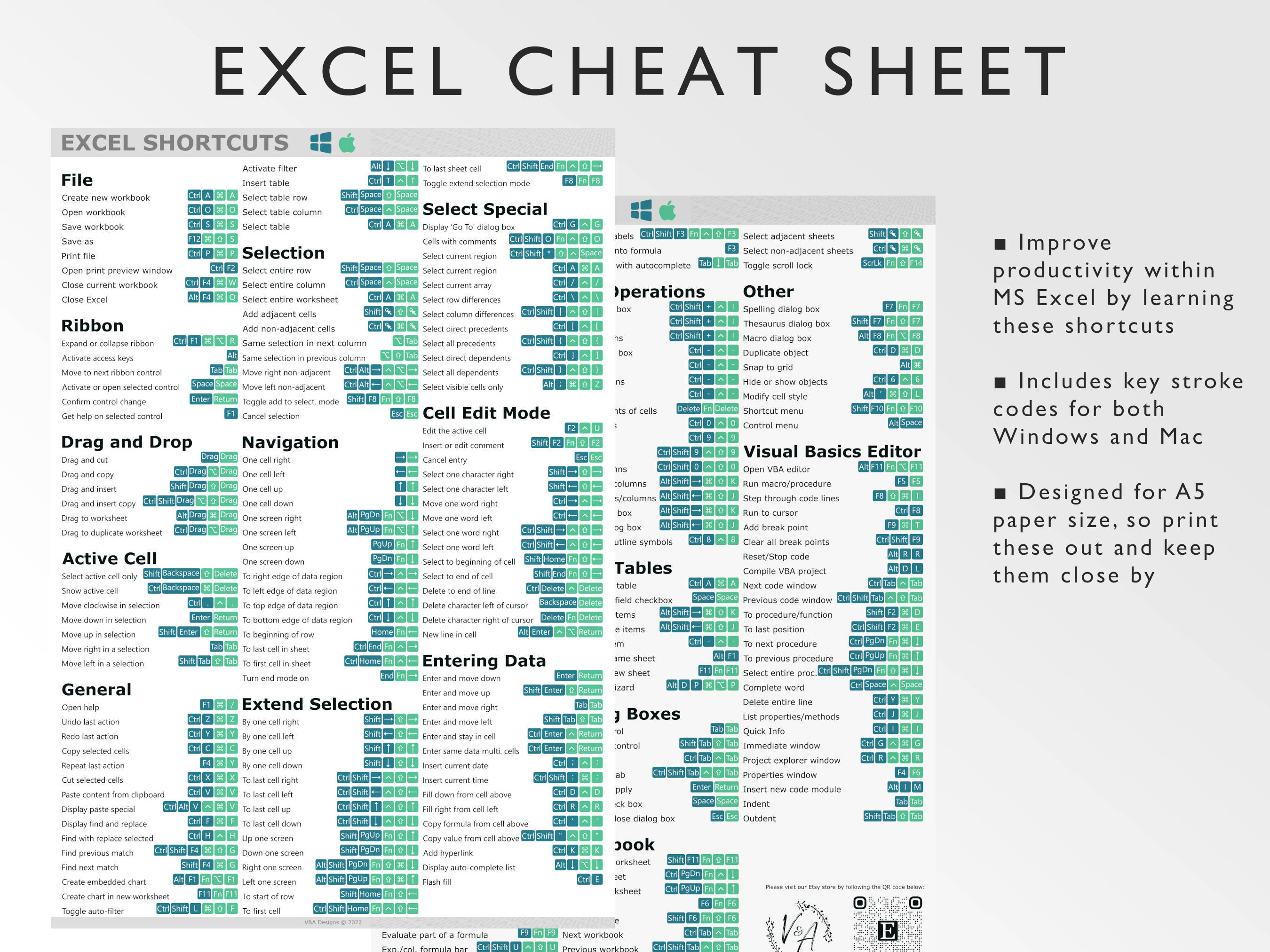3 Ways to Jump to Next Sheet in Excel on Mac

Mastering shortcuts and productivity tips in Excel can significantly streamline your workflow, especially when dealing with large spreadsheets containing multiple sheets. In this comprehensive guide, we'll explore three effective methods to jump between sheets in Excel on a Mac, enhancing your efficiency and reducing manual navigation time. Whether you're a beginner or an experienced user, these techniques will boost your ability to manage data more effectively.
Using Keyboard Shortcuts

One of the fastest ways to move between sheets in Excel is by using keyboard shortcuts. Here's how you can do it:
- To move to the next sheet, press
Control+Page Down. - To go to the previous sheet, use
Control+Page Up.
These commands are intuitive and allow you to navigate through your workbook without needing to touch your mouse.
🔍 Note: If you're using Excel for Mac, make sure you're using the correct combination, as some Windows Excel shortcuts differ on Mac.
Utilizing Navigation Buttons

While keyboard shortcuts are efficient, sometimes visual navigation is preferred, especially in complex workbooks:
- At the bottom of the Excel window, there are navigation buttons next to the sheet tabs:
- The left arrow moves to the previous sheet.
- The right arrow moves to the next sheet.
- The small triangle displays a list of all sheets for easier jumping.
This method is particularly useful when you have a large number of sheets or when you're new to Excel and still mastering shortcuts.
Right-Click Navigation

Another quick method, especially if you're already using the mouse, involves right-clicking:
- Right-click on any sheet tab to bring up a context menu.
- Choose Move or Copy Sheet..., then select Next Sheet or Previous Sheet from the dropdown list.
This is a less common but very straightforward approach for those who prefer context menus.
📌 Note: This method also allows you to copy the sheet to another location or rearrange sheets by dragging them in the list.
Navigating Complex Workbooks

When dealing with workbooks containing numerous sheets, using a combination of these methods can enhance your productivity:
| Sheet Count | Best Navigation Methods |
|---|---|
| Small to Medium | Keyboard Shortcuts, Navigation Buttons |
| Large Workbooks | Right-Click Context Menu, Navigation Buttons, Sheet List |

In summary, mastering how to jump to the next sheet in Excel on Mac can greatly increase your productivity. Whether you prefer the speed of keyboard shortcuts, the visual aid of navigation buttons, or the flexibility of context menus, Excel offers a range of options to suit your workflow. Remember:
- Use
Control+Page DownandControl+Page Upfor keyboard shortcuts. - Navigate with arrows at the bottom or the sheet list for visual aid.
- Right-click for context menu navigation when copying or moving sheets.
The key to efficiency lies in finding the method that works best for your specific needs and habits. With practice, these shortcuts become second nature, allowing you to manage your spreadsheets with finesse.
Can I customize keyboard shortcuts in Excel for Mac?

+
Unfortunately, Excel for Mac does not offer extensive customization for keyboard shortcuts within its native settings. However, you can use third-party applications or create a VBA macro to assign custom shortcuts to frequently used commands.
Is there a way to see all sheets in a workbook at once?

+
While there isn’t a direct feature to display all sheets simultaneously, you can use the small triangle arrow next to the navigation buttons to access a list of all sheets, allowing you to jump to any sheet quickly.
What do I do if my sheet tabs are not visible in Excel for Mac?

+
You might need to adjust your Excel window. Check if the workbook is maximized, or scroll through the tab bar if you have many sheets. You can also try un-hiding sheets using the ‘Format’ > ‘Sheet’ > ‘Unhide…’ option if they are hidden.



